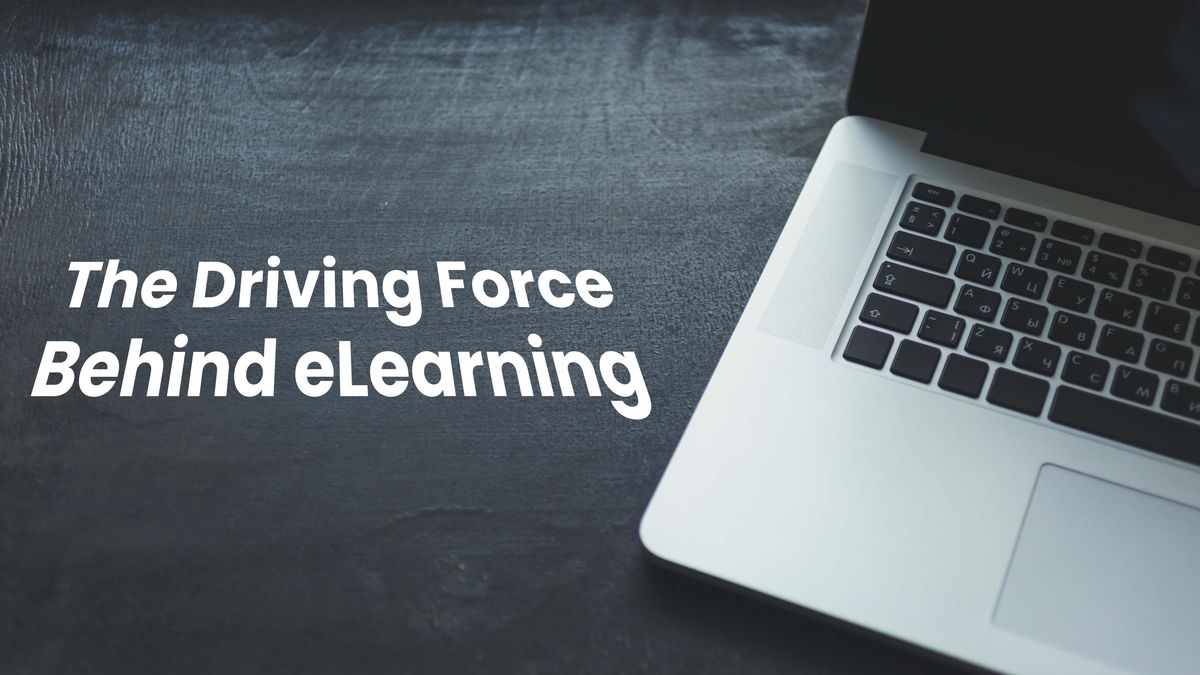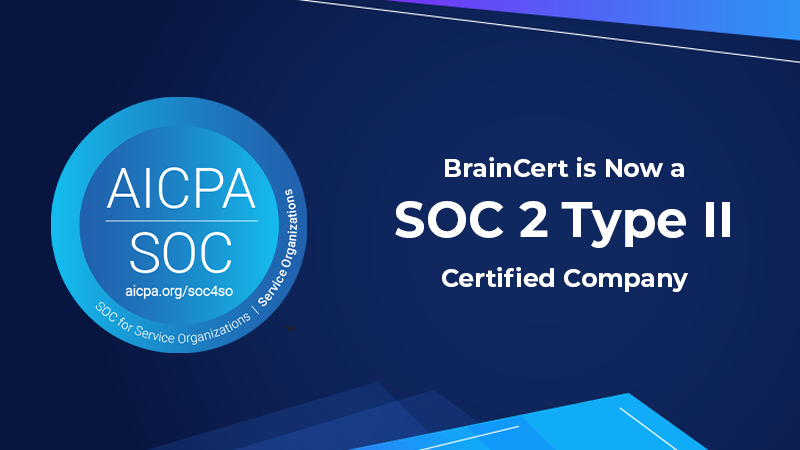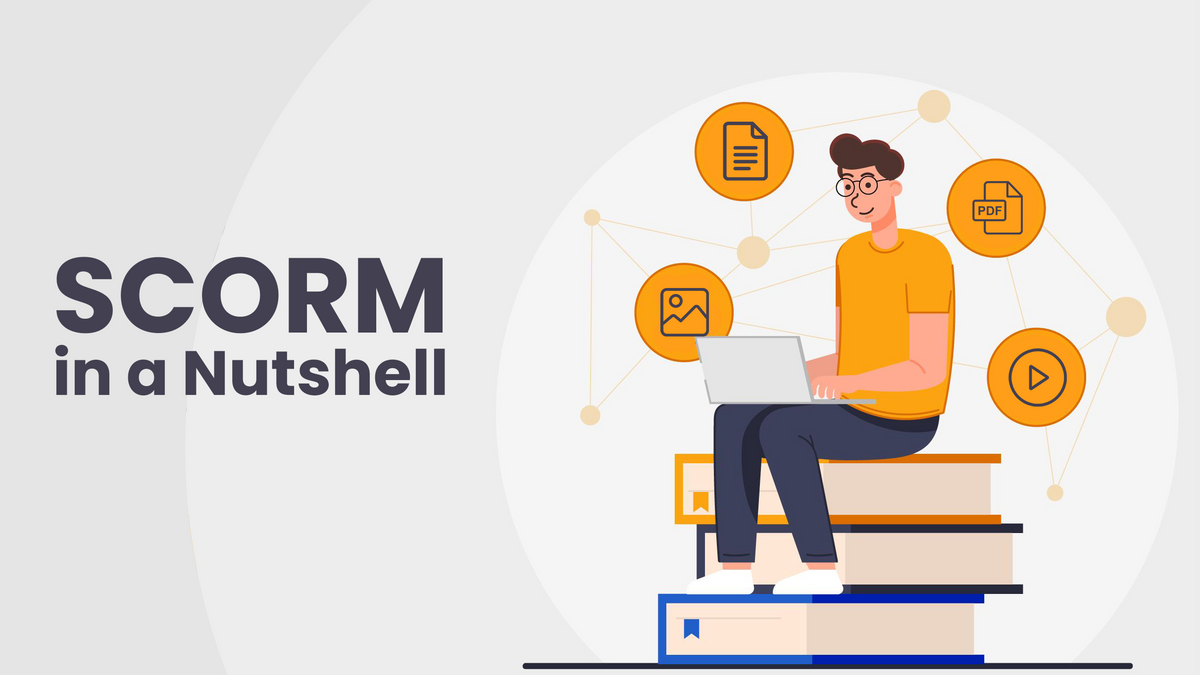Though eLearning’s been around for a while now, it truly took the spotlight once the pandemic hit. Here it played a vital role in facilitating distance learning. With it, educators across the globe were able to provide education continuously. Even as the pandemic wanes, the global market for eLearning software is only expected to grow even further by reaching a worth of $528.1 billion by 2027.
A big reason for this is because of the significant role data science plays in its success. With it, both vendors and users gain tremendous insights that they can use to hone future iterations of eLearning software and more effectively teach students both remotely and in person. Here’s more on why data science is the driving force behind eLearning.
1. It refines eLearning products
Though the two fields overlap, data science is generally more research-oriented — and software development specializes in more technical matters. Yet the two share a common goal: to give customers the best product possible.
Data analysts are key figures in technology companies and eLearning software businesses will use their expertise when designing new products. Their research is what determines an eLearning product’s target customer base and consequently what it should seek to accomplish. It’s also the data analyst who sets parameters for success to measure how well a piece of software reaches these goals.
By working alongside them, software developers benefit from a synergy that further refines eLearning software before and even after it reaches customers. If your own company decides to upskill your data science experts in the field of software development, you can ultimately benefit from eLearning products developed with a uniquely holistic approach.
2. It enhances the effects of personalized learning
The data science that drives LMS platforms allows educators to deliver better programs right from the get-go. Through the collaboration of data experts and software developers, SaaS companies can provide features that help determine the performance level needed for each course and how engaging the material will be based on a class’ general demographics.
Based on this same information, a data-powered LMS can even predict which parts of a course learners are likely to struggle with the most. This makes it easier for educators to leverage the benefits of personalized learning. Advantages like providing more engaging and relevant course material and allowing students more agency over the pace and content of their lessons are just some of the reasons behind both eLearning’s general success and improved learning outcomes — and data science is behind it all.
3. It generates valuable insights for improvement
The significance of data science in eLearning reaches all aspects of the product experience by further discerning points of improvement for both SaaS companies and customers alike. Using it, educators can determine both a student’s quantifiable progress and their behavior in class.
This allows them to tweak both the level of difficulty and engaging nature of their material as a course continues. Similarly, SaaS companies don’t need to solely rely on direct user feedback. Instead, they can track exactly how their platform is used to pinpoint any weaknesses that need to be worked on.
Users ultimately realize that LMS and SaaS companies can improve their bottom line. Our own Braincert LMS platform always comes out with new features and updates that allow users to get more out of our platform.
eLearning continues to grow in credibility as a modern tool that makes learning more effective. The role of data science in its success is twofold: it benefits both educators and the companies behind LMS platforms.
By recognizing data science’s contributions to eLearning and leveraging them to improve your own products, you’ll do more than just improve learning outcomes for more people. You’re likely to procure long-term growth for your own SaaS company, as well.
Exclusively produced for braincert.com
Produced by: JBatley










